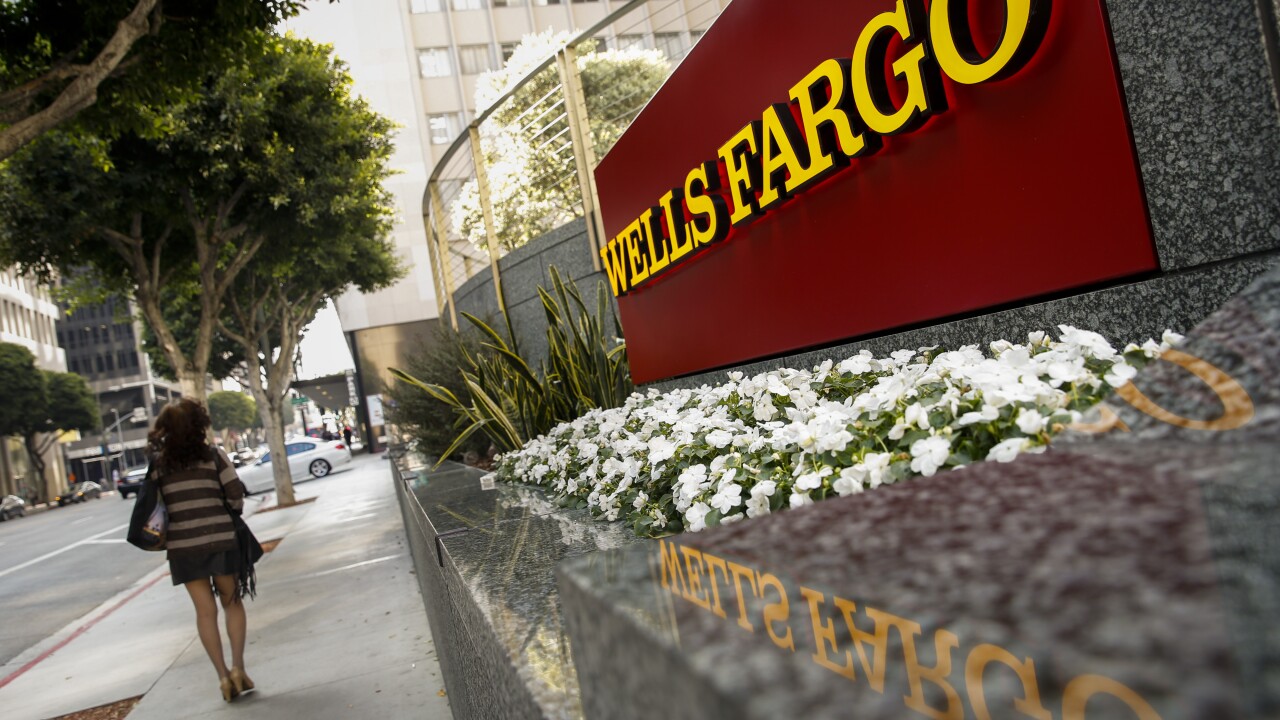Cardlytics, a company that embeds promotional offers in banks' online card statements, was hit hard by the pandemic's effect on key spending categories.
Even as many people resume normal life and travel, they're spending money in different ways, and this has forced the card-linked offers company to rethink its fundamental value proposition. For example, payment options such as buy now/pay later loans are distracting from debit and credit cards — and potentially taking focus from the online card statements where Cardlytics presents its deals.
Additionally, many nonbank payment companies are driving bargain hunters to their own apps. PayPal last year launched a “super app” packed with merchant offers, and users can also tap deals from the browser extension
Cardlytics is responding by adding new capabilities from some fintechs it acquired over the past year, while building a path to expand the types of offers available to bank customers. For the first time, Cardlytics plans to offer cash-back deals funded by product manufacturers, not just merchants.
“The changes we're making will give banks a richer stream of offers that are more personalized, so consumers will feel more like they’re shopping within a bank’s app,” said Farrell Hudzik, executive vice president of financial institutions at Atlanta-based Cardlytics.
Cardlytics is also adding more sources of data to make its card-linked offers more compelling. Because Cardlytics works through banks to present its offers, it doesn't typically have itemized spending data.

“One of the biggest blind spots for Cardlytics was always that they knew through card statement data where people were shopping, but they didn't know what people were buying," said Richard Crone, a consultant with Crone Consulting LLC. "If they could get visibility into specific purchases and patterns, it would make things much more interesting."
That's exactly what Cardlytics aims to do with Bridg, a Los Angeles-based software firm Cardlytics purchased last year for $300 million that provides vision into the items shoppers are buying to improve targeting and measurement.
Another new resource is
Bank of America has been a Cardlytics partner since 2010 with BankAmeriDeals, while
PNC Bank, which has relied on Cardlytics for its card-linked deals since 2011, recently expanded its contract to cover PNC’s acquisition of BBVA USA. A PNC spokesperson said the bank expects Cardlytics’ latest changes to bring “more personalized offers and better use of [consumer shopping] channels.”
Cardlytics is also expanding the channels through which it operates.
PayPal’s Venmo happens to be one of Dosh’s anchor customers, giving Cardlytics a role in the way Venmo handles merchant offers for transactions made through the Venmo debit Mastercard issued by The Bancorp Bank.
In late March, Crypto.com also teamed with Cardlytics to add its merchant offers to the Crypto.com Visa debit card.
“We're expanding our merchant partnership rails in a lot of new ways,” Hudzik said.
Cardlytics has added Wells Fargo to the list of banks using its card-linked offers platform after a successful pilot, joining JPMorgan Chase and Bank of America, the latter of which has leaned on Cardlytics’ marketing service since 2012. Notably, these rivals aren’t demanding exclusivity.
In addition to adding manufacturer-funded deals, Cardlytics also plans to introduce more local offers to its platform. To get the ball rolling, Cardlytics paid $15 million to acquire Entertainment, a nearly 60-year-old publisher of an annual book of localized coupons, this year.
Seeing the full effect of the integrations of Bridg, Dosh and new local entertainment deals within Cardlytics’ programs will take a year or two, according to Hudzik.
So far, Cardlytics has connected about 5% of its 170 million monthly active users to a new ad server with its latest technology enhancements. The company hopes to have 50% of its user base connected to the new ad server by the end of this year, Cardlytics’ co-founder and CEO Lynne Laube told investors last month when announcing the company’s full-year earnings for 2021.
U.S. Bank also joined Cardlytics’ offers program two years ago and recently completed a pilot offering deals through Cardlytics’ new ad server, according to Laube.
“The results were off the charts, and we not only saw lift in overall spend but lift in basket [transaction size] and [shopping] trips,” Laube said of the pilot. U.S. Bank was not available to comment on that program.
Despite the latest enhancements, Cardlytics’ core process remains the same: Banks share anonymized customer transaction data with the vendor, which delivers targeted offers to users through their bank’s website or mobile app, where they can activate offers. Consumers automatically receive the cash back from deals when they use their credit or debit card, depending on how the participating bank’s program operates.
When customers redeem deals, Cardlytics and the participating bank each keep a portion of the advertiser’s spending.
Bank customers’ usage of certain deals remains depressed following the pandemic, with airline spending down last year by 30% and cruise line spending down 58% compared with 2020, Cardlytics said. But retail stores, restaurants and gasoline purchases have bounced back, with overall revenue up 34% in 2021 compared with the previous year.
Hudzik expects that current economic headwinds — including higher consumer food and fuel prices — will drive more consumers to Cardlytics' deals.
“Cash is king, and between inflation and gas prices we are absolutely seeing a resurgence of interest from consumers exploring deals, including for new products and in new channels we’re working to open up this year,” she said.






